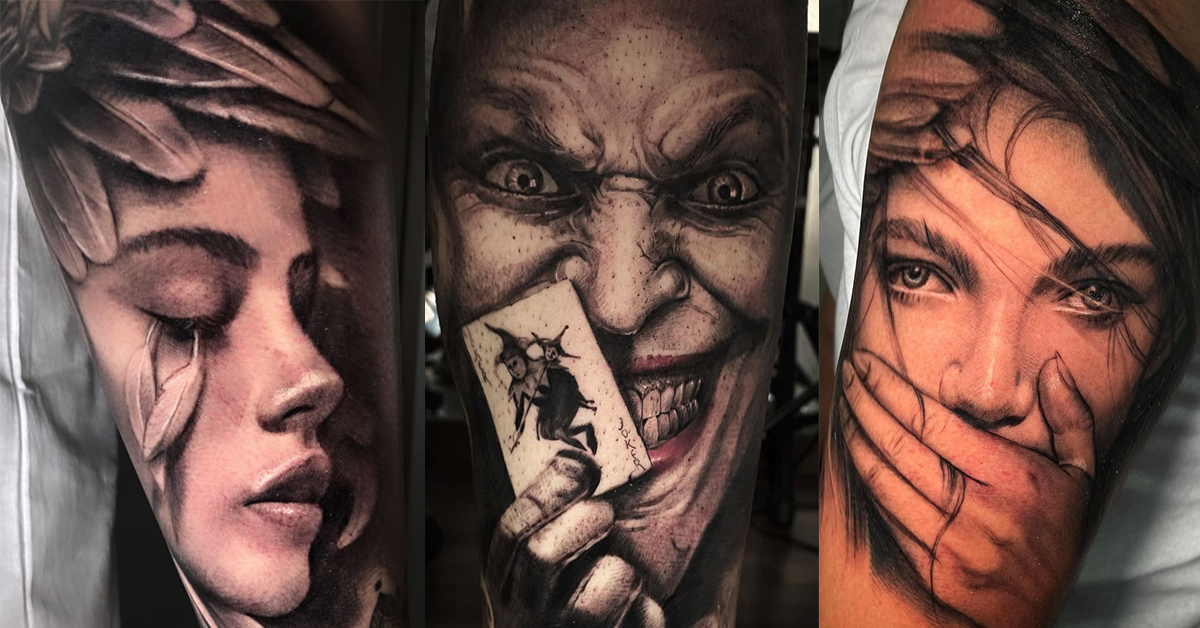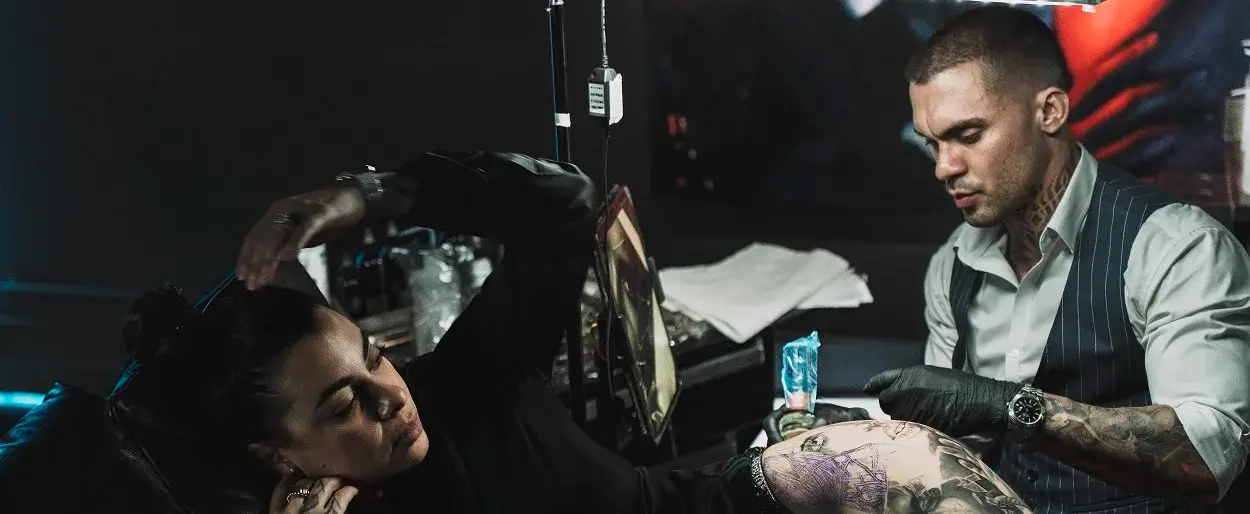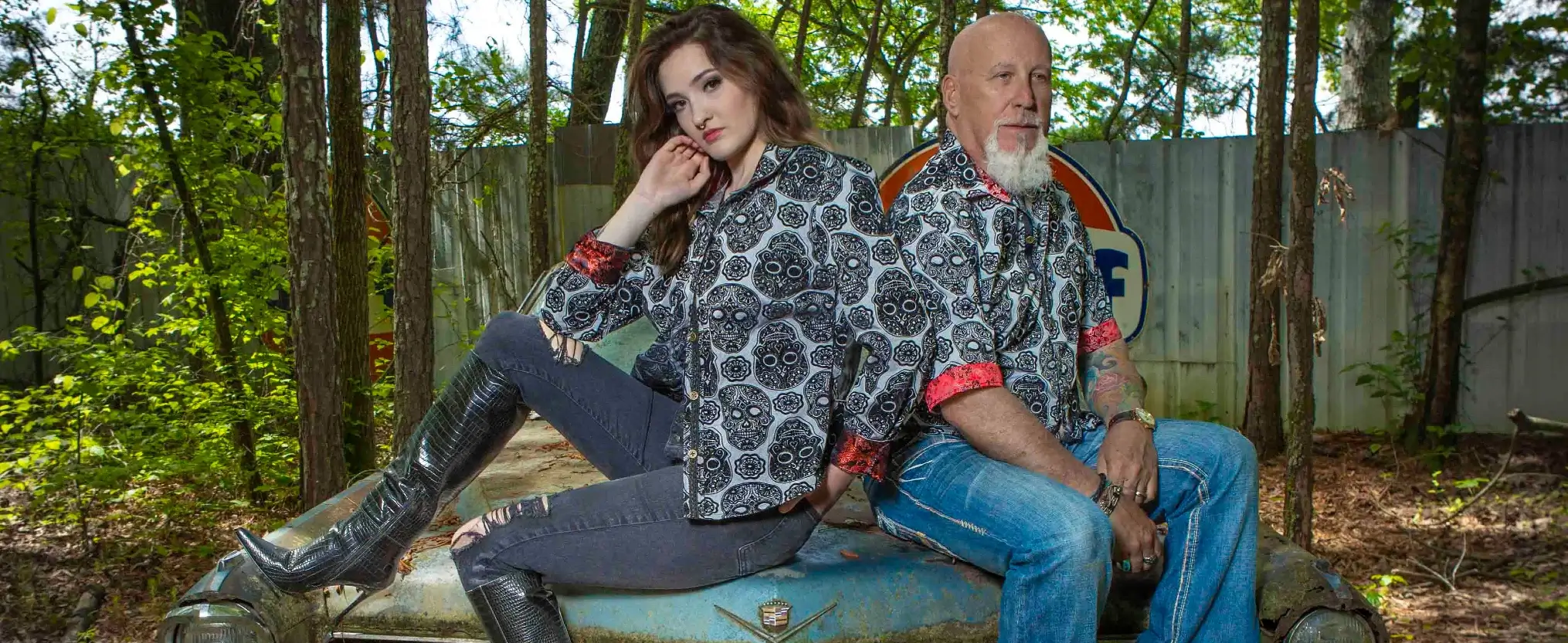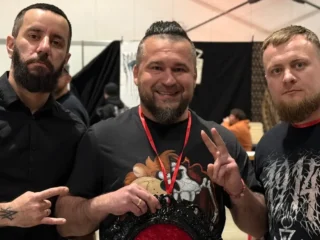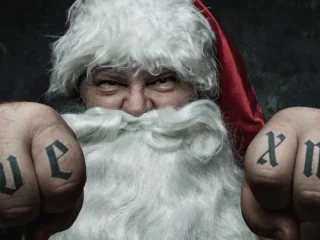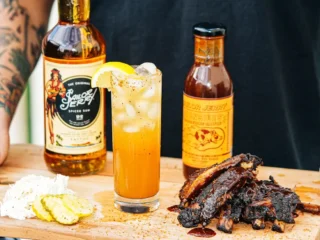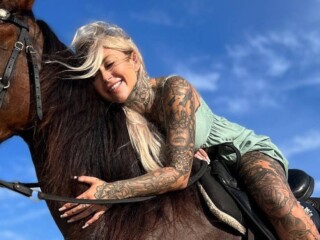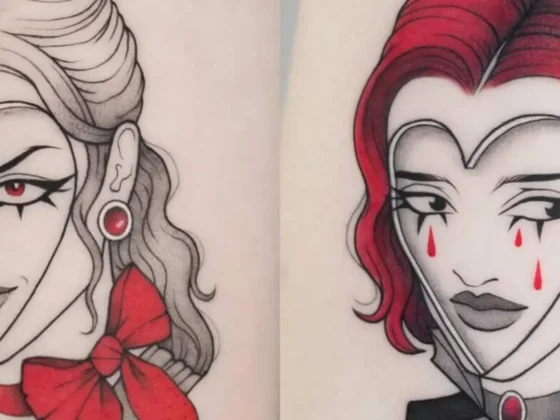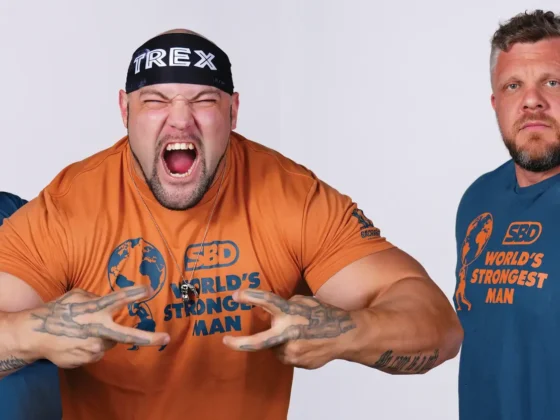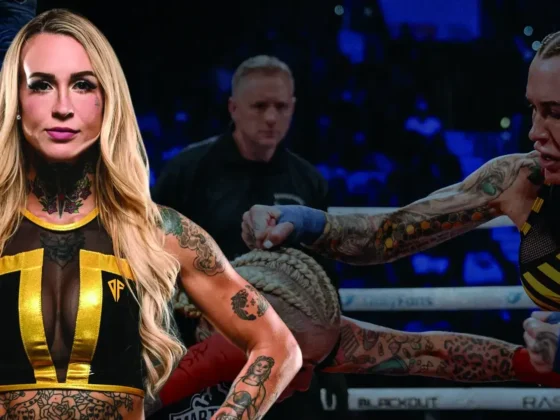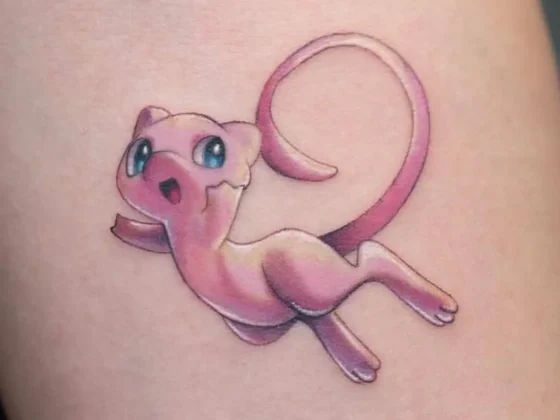Inked Mag Staff
September 28th, 2022
Picture Perfection
Meet realism heavyweight, Juan Rojas
From an early age Juan Rojas knew he wanted to be an artist of some sort, but he never considered becoming a tattooer. Tattoos were few and far between in Antofagasta, the small city in Chile where Rojas grew up, so it wasn’t until later in life that Rojas discovered them. But once he did his mind was blown and his future unfolded before him. We spoke with Rojas about his tattoo journey, why he adores black-and-grey realism and much more.
View this post on Instagram
When did you become interested in art? It has always interested me. Since I was a child I liked drawings and graffiti a lot, and I began to investigate art from that moment until today.
Growing up in Chile, were tattoos part of the culture? Were they common to see? In Chile it was not common. Very few people had tattoos, there were only two in my city around 2011.
View this post on Instagram
When did you know you wanted to be a tattoo artist and how did you do it? Did you have an apprenticeship? I realized I wanted to be tattooed when I was 16 years old and I saw a tattoo on a person on the street. I was impressed because it was freshly done, the colors looked great, and that motivated me to build my first tattoo machine. I learned by myself. The drawings I made I began to [tattoo] on the skin of my friends and family.
What was the first thing that attracted you to black-and-grey? The first thing that attracted me was how the works looked once healed and the way the ink combines with the person’s skin to achieve a harmony between contrasts and different shades of grey.
View this post on Instagram
How did you know that black-and-grey realism would be the style you would specialize in? It was the most comfortable thing to be able to do, since the drawings I had been doing were always in white and grey tones. Also, the skin of the people in the city I live in is somewhat dark and black-and-grey worked better on them
Can you walk us through your design process? Yes, it is quite simple before putting it on the skin, since [my references] are mostly photos. It is on the skin where the creative process begins and I apply what I have learned, and I manage to create some story that takes into account distributing the contrasts well and using appropriate elements for each area.
View this post on Instagram
Much of the work you do is portraiture. What is the key to a great portrait tattoo? I focus on interpreting the expressions of people and animals. Then, I achieve a tone that brings it to life, is pleasant to look at and looks good in the area where my client wants to wear it.
Have you ever considered working in color? Why or why not? Yes, I tried, but I’m passionate about black-and-grey. The color is not comfortable for me to work with and I can’t flow like I can when doing black-and-grey.
View this post on Instagram
What are your favorite subjects to tattoo? What is something you want to tattoo that you haven’t had the opportunity to do yet? I like old images, gothic style and high contrast. I am in the process of creating compositions with faces and/or landscapes and other elements. I am waiting for large canvases to make my dream projects concrete.
You tend to do a lot of horror tattoos. Who is your favorite killer to tattoo? Jason. I have done Jason several times and will continue to do so.
Where do you see your art going in the future? I feel like I’m still defining what to focus my style on. I want to take the time and decide on something that I can enjoy doing in the future.
View this post on Instagram
View this post on Instagram
View this post on Instagram
Editor's Picks
Bridging Classical Art and Modern Tattooing
Esteban Rodriguez brings the discipline of classical fine art to the living canvas of skin, creating hyper-realistic tattoos that merge technical mastery with emotional depth.
Show Your Ink Fashions Brings Custom Style to Tattoo Culture
Show Your Ink Fashions creates custom shirts designed to showcase your tattoos as wearable art, blending fashion with personal expression.
The Ultimate “Superman” Tattoo Roundup: Just in Time for Superman’s Return to Screens
With Superman’s big return to theaters, fans are revisiting some of the most iconic ink inspired by the Man of Steel.

